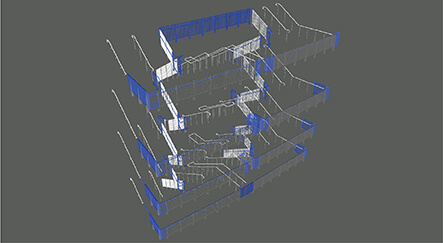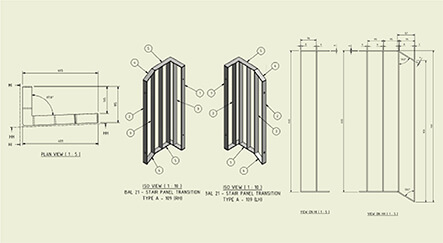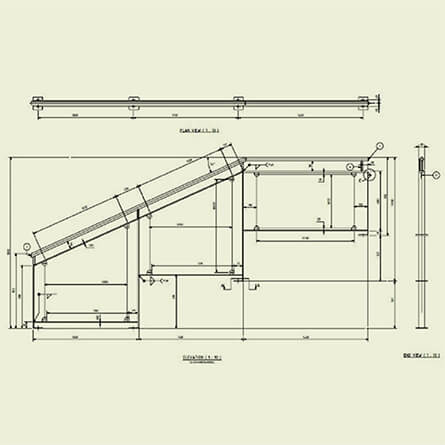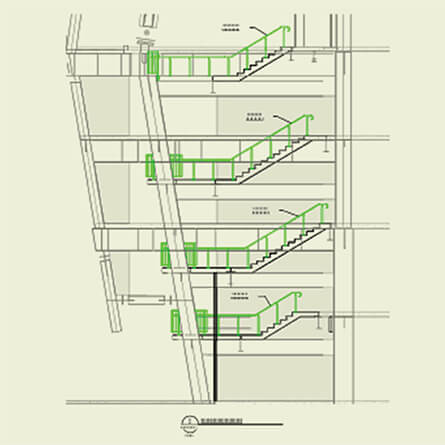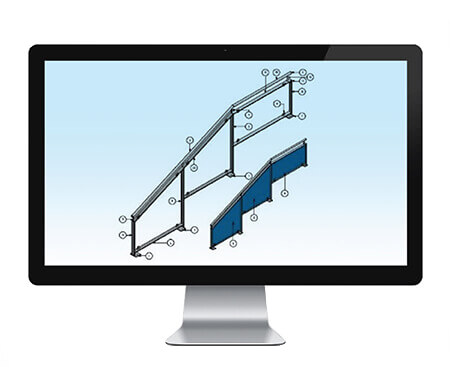

Business Needs
Challenges
Inventor CAD models reduce 30% delivery times
The client shared 3D Revit models of the football stadium as input files and initially, five engineers were dedicated to the project. This small project team acquired drawing requirements and manufacturing capabilities to create drawings as per need.
